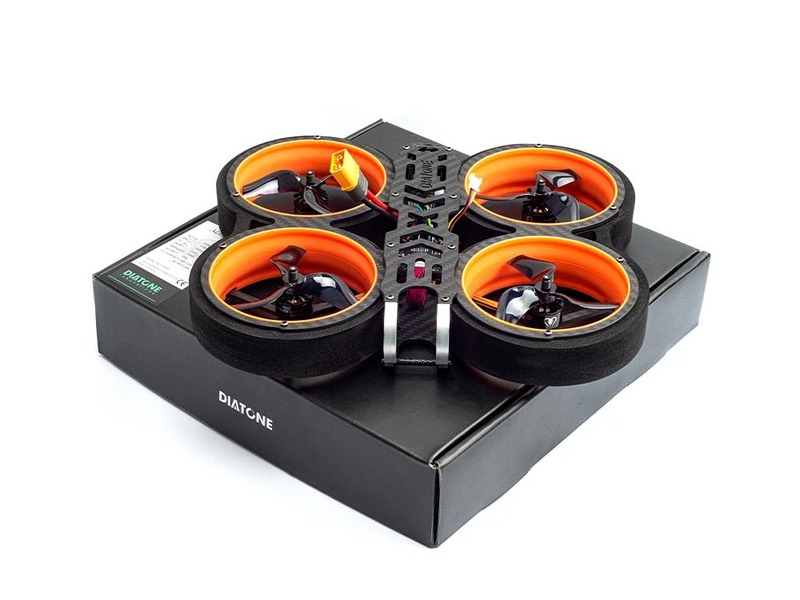How do drones fly explain physics?

Drones are unmanned aerial vehicles (UAVs) that are powered by an electric motor and use a variety of sensors and cameras to navigate the air. They can be used for a variety of purposes, from surveillance to photography to delivery services. But how do drones fly?
The physics behind drone flight is based on the same principles of aerodynamics as any other aircraft. The main force that allows a drone to fly is lift, which is generated by the wings. Lift is created when air passes over the wings, creating a pressure difference between the top and bottom of the wing. This pressure difference creates an upward force, which is what lifts the drone into the air.
In addition to lift, drones also use thrust to move forward. This is generated by the propellers, which are powered by the electric motor. The propellers spin and push air downwards, creating a force that propels the drone forward.
In order to maintain a stable flight, drones use a combination of sensors and cameras. These sensors measure the drone’s speed, altitude, and direction, and the cameras help the drone to avoid obstacles and maintain a steady course.
The combination of lift, thrust, and sensors allows drones to stay in the air for extended periods of time. The drone’s battery is the main limiting factor in how long it can stay in the air, as the electric motor needs to be constantly supplied with power.
In addition to the physics of flight, drones also need to be programmed with software that controls their flight. This software allows the drone to respond to commands from the operator, as well as to navigate autonomously.
To summarize, drones use the same principles of aerodynamics as any other aircraft. Lift is generated by the wings, while thrust is generated by the propellers. Sensors and cameras help the drone to stay on course and avoid obstacles. Finally, the drone’s software allows it to respond to commands and navigate autonomously. With the right combination of physics, sensors, and software, drones can stay in the air for extended periods of time.
Comments / Question
2. Drag: Drag is the force that opposes the motion of the drone. It is created by the friction between the air and the drone’s body.
3. Thrust: Thrust is the force that propels the drone forward. It is generated by the propellers.
4. Weight: Weight is the force of gravity that pulls the drone down. It must be balanced by the lift generated by the wings.
5. Stability: Stability is the ability of the drone to remain in a steady flight path. It is achieved by controlling the lift, drag, thrust, and weight of the drone.

